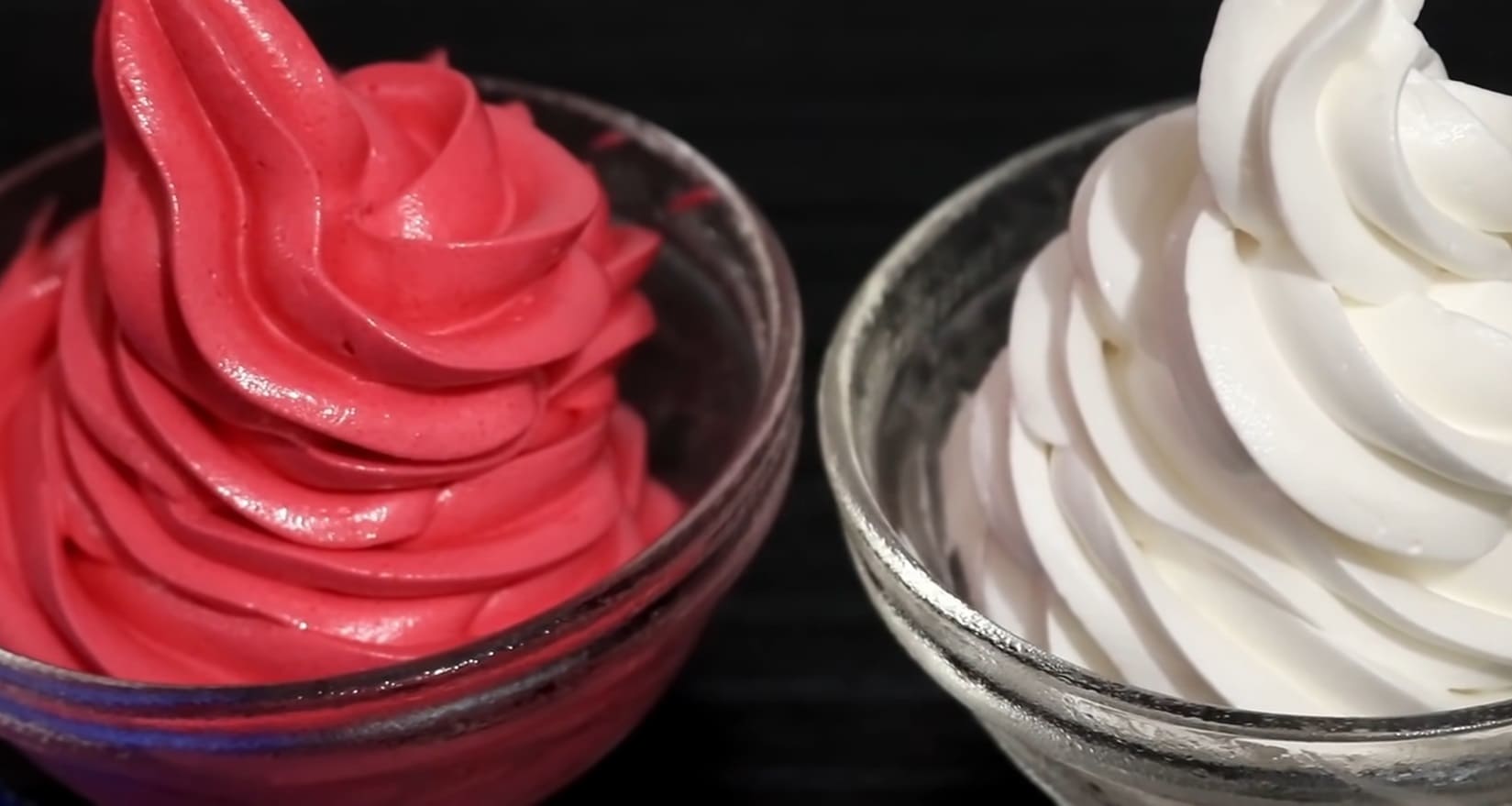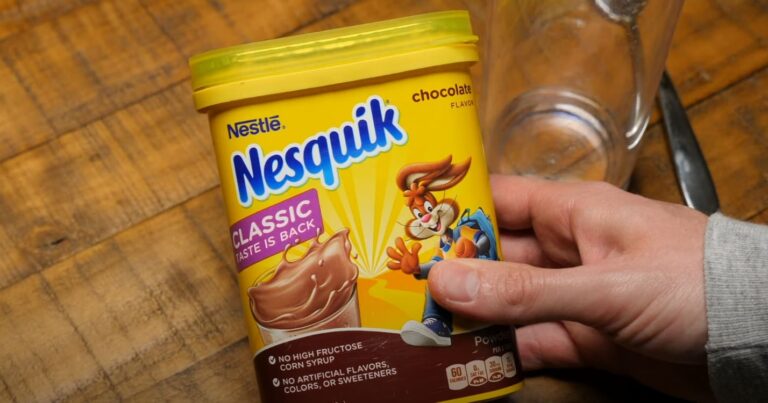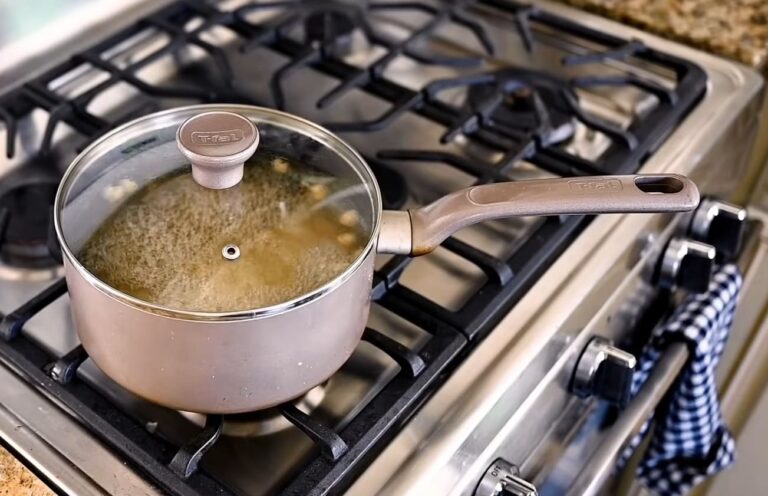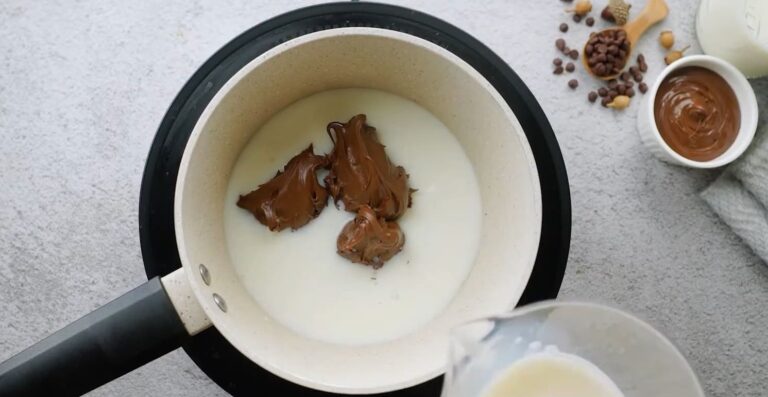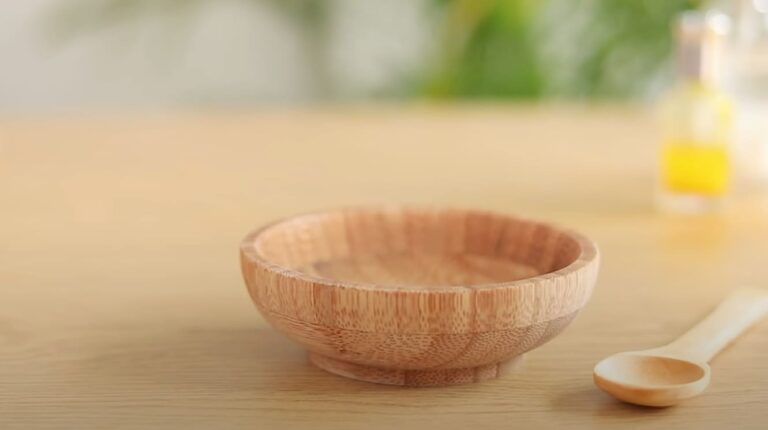Can You Mix Cool Whip With Frosting?
Desserts are a popular way to end a meal or celebrate a special occasion, and there are countless options to choose from. When it comes to decorating cakes, cupcakes, and other desserts, frosting is often the go-to choice. But what if you want to add a little something extra to your frosting? Can you mix Cool Whip with frosting to create a new, delicious combination? This is a question that many dessert enthusiasts have asked, and in this article, we will explore the answer. We’ll take a closer look at what Cool Whip is, how it differs from frosting, and whether or not the two can be mixed together successfully. So, if you’re looking to experiment with your desserts and create something new, read on to find out if Cool Whip and frosting are a match made in dessert heaven.
So, Can You Mix Cool Whip With Frosting?
Yes, you can mix Cool Whip with frosting, and it can create a light and airy topping that is perfect for cakes, cupcakes, and other desserts. However, it’s important to note that the texture and taste of the resulting mixture may vary depending on the type of frosting you use and the ratio of Cool Whip to frosting.
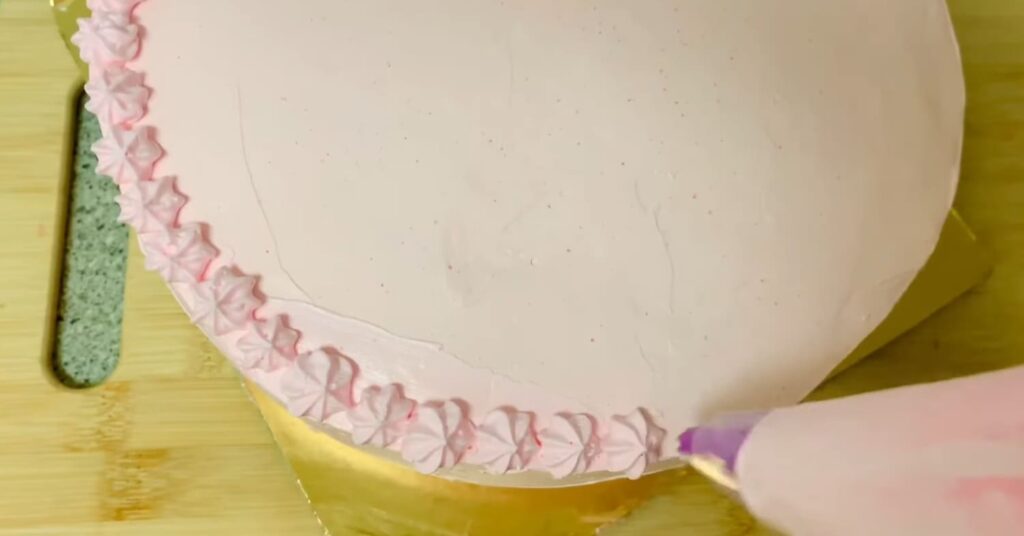
Cool Whip is a non-dairy whipped topping that is made with vegetable oil, high fructose corn syrup, and various other ingredients. It has a light and fluffy texture that is similar to whipped cream but is more stable and can hold its shape for longer periods. On the other hand, frosting is typically made with butter, powdered sugar, and flavorings like vanilla extract, cocoa powder, or fruit puree. It has a thicker consistency and a sweeter taste than Cool Whip.
When mixing Cool Whip and frosting, you can use either store-bought or homemade versions of both ingredients. To combine them, you can simply fold the two together until they are well blended. The ratio of Cool Whip to frosting will depend on personal preference and the desired outcome. Some recipes may call for equal parts of each, while others may use more Cool Whip than frosting to create a lighter, fluffier topping.
In conclusion, mixing Cool Whip with frosting is a fun and easy way to experiment with different dessert toppings. With a little creativity and some trial and error, you can create a unique and delicious frosting that is sure to impress your friends and family.
What Do People Start Mixing Cool Whip With Frosting For?
People begin to mix Cool Whip with frosting for a variety of reasons. One common reason is to create a lighter, fluffier topping for desserts like cakes, cupcakes, and pies. By adding Cool Whip to frosting, you can create a whipped cream-like texture that is more stable and can hold its shape better than traditional whipped cream.
Another reason people mix Cool Whip with frosting is to add a different flavor or texture to their desserts. Cool Whip has a slightly different taste and texture than traditional whipped cream, and when combined with frosting, it can create a unique flavor profile that is both sweet and light.
Finally, some people mix Cool Whip with frosting as a way to reduce the amount of sugar or fat in their desserts. Cool Whip is a lower-calorie and lower-fat alternative to whipped cream, and when mixed with frosting, it can create a topping that is still delicious but with fewer calories and less fat than traditional frosting.
Mixing Cool Whip with frosting is a creative way to experiment with dessert toppings and create new and exciting flavors and textures.
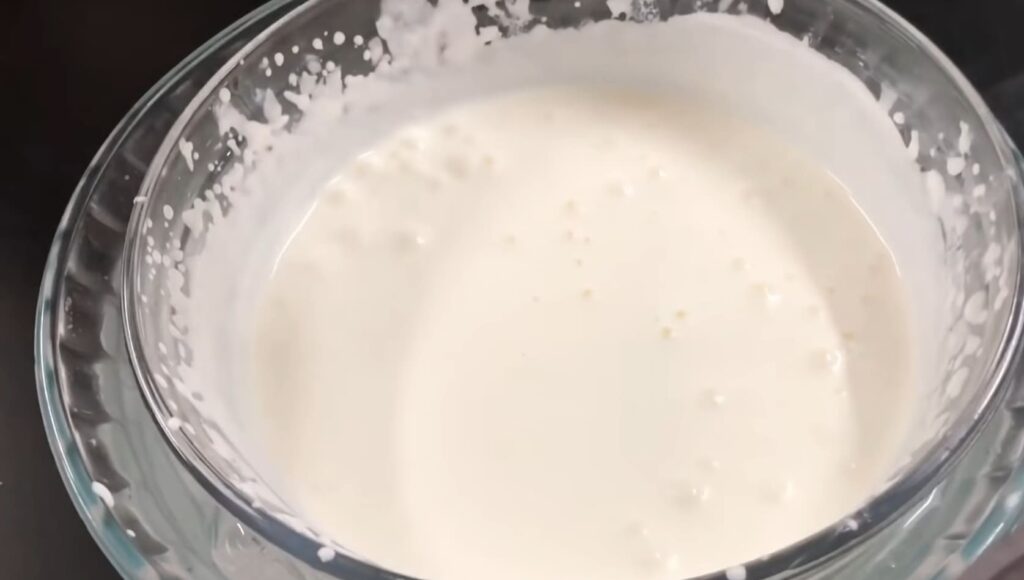
What Is Frosting?
Frosting, also known as icing, is a sweet mixture that is used to decorate and add flavor to cakes, cupcakes, cookies, and other desserts. It is typically made from a combination of powdered sugar, butter or shortening, and flavorings such as vanilla extract or cocoa powder.
Frosting comes in many different forms, including buttercream, cream cheese, whipped cream, ganache, and fondant. Each type of frosting has a unique taste and texture, and is often chosen based on the desired outcome and the type of dessert being decorated.
Buttercream frosting, for example, is a classic frosting made from butter, powdered sugar, and milk or cream. It has a creamy texture and can be flavored with various extracts, fruits, or chocolates. Cream cheese frosting, on the other hand, is made from cream cheese, butter, powdered sugar, and vanilla extract. It has a tangy flavor and a smooth texture that pairs well with carrot cake and other spiced desserts.
Whipped cream frosting is a lighter and fluffier alternative to buttercream and cream cheese frosting. It is made by whipping heavy cream and powdered sugar until stiff peaks form, and can be flavored with vanilla extract or other extracts. Ganache frosting is made from chocolate and heavy cream, and has a rich, glossy texture that is perfect for drizzling over cakes and cupcakes.
Frosting is a versatile and delicious addition to many desserts, and there are countless variations to choose from depending on personal preference and the desired outcome.
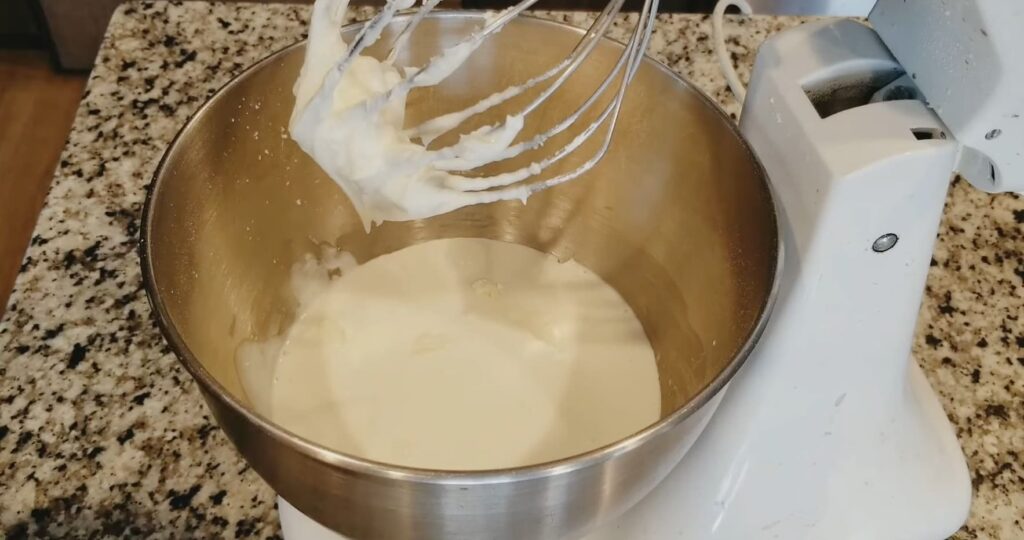
Composition Of Frosting
The composition of frosting can vary depending on the type of frosting and the recipe being used, but in general, it is made from a combination of powdered sugar, butter or shortening, and flavorings.
Powdered sugar, also known as confectioner’s sugar or icing sugar, is a fine sugar that has been ground into a powder and is commonly used in frosting recipes. It dissolves easily and helps to create a smooth texture in the frosting.
Butter or shortening is used as a base for many types of frosting. Butter has a rich flavor and creamy texture, while shortening is a non-dairy alternative that is often used in vegan or dairy-free frosting recipes. Both ingredients help to give the frosting its smooth and creamy texture.
In addition to these basic ingredients, frosting can also contain a variety of flavorings and other additives. Common flavorings include vanilla extract, cocoa powder, and fruit purees. Food coloring can also be added to create a desired color. Other additives may include milk or cream to adjust the consistency or texture of the frosting.
The composition of frosting can vary widely depending on the desired flavor, texture, and outcome. However, powdered sugar, butter or shortening, and flavorings are the basic ingredients that are commonly used in many types of frosting recipes.

What Kinds Of Frosting Are There?
There are many different types of frosting that can be used to decorate and add flavor to cakes, cupcakes, and other desserts. Some of the most common types of frosting include:
- Buttercream frosting – made from butter, powdered sugar, and milk or cream, and can be flavored with various extracts, fruits, or chocolates. It has a creamy texture and is one of the most popular types of frosting.
- Cream cheese frosting – made from cream cheese, butter, powdered sugar, and vanilla extract. It has a tangy flavor and a smooth texture that pairs well with carrot cake and other spiced desserts.
- Whipped cream frosting – made by whipping heavy cream and powdered sugar until stiff peaks form, and can be flavored with vanilla extract or other extracts. It is lighter and fluffier than buttercream and cream cheese frosting.
- Ganache frosting – made from chocolate and heavy cream, and has a rich, glossy texture that is perfect for drizzling over cakes and cupcakes.
- Royal icing – made from egg whites, powdered sugar, and lemon juice, and has a hard, smooth texture that is perfect for decorating cookies and gingerbread houses.
- Fondant – a type of icing made from sugar, water, and gelatin or marshmallows that can be rolled out into sheets and used to cover cakes and create decorative accents.
- Marshmallow frosting – made from marshmallows, sugar, and egg whites, and has a fluffy, marshmallow-like texture that is perfect for topping cupcakes and other desserts.
There are many different types of frosting to choose from, each with a unique taste and texture that can be used to create endless variations of delicious and beautiful desserts.
How Frosting Was Created?
The origins of frosting are not entirely clear, but it is believed to have been invented in Europe during the Middle Ages. During this time, sweetened coatings made from honey or sugar were used to decorate cakes and other desserts.
In the 16th century, buttercream frosting became popular in Europe. This type of frosting was made by whipping butter and sugar together to create a smooth and creamy texture.
Cream cheese frosting is a more recent invention, believed to have originated in the United States in the 19th century. This frosting was created by combining cream cheese, butter, and powdered sugar to create a tangy and creamy frosting that pairs well with spiced cakes like carrot cake.
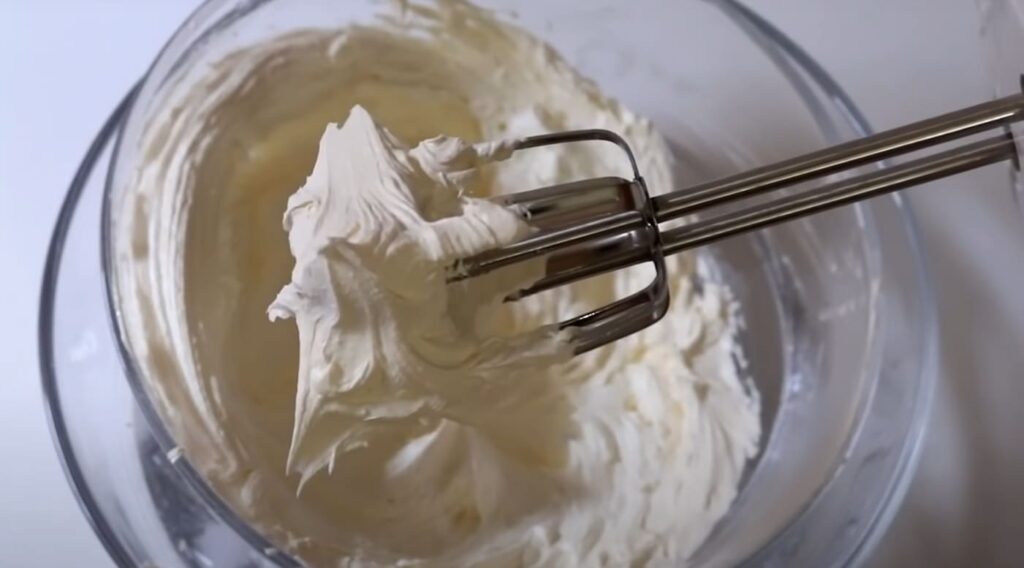
Over time, other types of frosting were developed, including whipped cream frosting, ganache frosting, and fondant. Today, frosting is a staple of cake decorating and can be found in a wide variety of flavors and textures to suit every taste.
In summary, the exact origins of frosting are not known, but it has evolved over time as a sweet and delicious way to decorate and add flavor to cakes and other desserts.
Advantages Of Mixing Cool Whip With Frosting
Mixing Cool Whip with frosting can have several advantages, including:
- Lighter texture: Cool Whip is a light and airy whipped topping that can help to lighten the density of frosting. By mixing it with frosting, you can create a lighter and fluffier texture that is easier to spread and has a less dense mouthfeel.
- Creamier consistency: Cool Whip is also creamier than traditional whipped cream, and when mixed with frosting, it can create a smooth and creamy consistency that is both rich and light.
- Enhanced flavor: Mixing Cool Whip with frosting can also enhance the flavor of the frosting. The Cool Whip adds a subtle sweetness and a hint of vanilla flavor that can complement the flavor of the frosting, making it more delicious.
- Versatility: Mixing Cool Whip with frosting can also make the frosting more versatile. The resulting mixture can be used as a frosting for cakes and cupcakes, as a filling for pies and pastries, or even as a dip for fruit and other snacks.
Mixing Cool Whip with frosting can add a new dimension of flavor and texture to your desserts, making them more delicious and versatile.
Disadvantages Of Mixing Cool Whip With Frosting
While there are several advantages to mixing Cool Whip with frosting, there are also some potential disadvantages to consider:
- Reduced stability: Mixing Cool Whip with frosting can make the frosting less stable, especially if the frosting was already on the softer side to begin with. This can make it more difficult to pipe or shape the frosting, as it may not hold its shape as well.
- Altered taste: While some people enjoy the taste of Cool Whip, others may find it to be too sweet or artificial-tasting. Mixing it with frosting can alter the taste of the frosting, and some people may not enjoy the resulting flavor.
- Health concerns: Cool Whip is a processed food product that contains a number of artificial ingredients, including high fructose corn syrup and hydrogenated vegetable oil. Some people may be concerned about the health implications of consuming these ingredients on a regular basis.
- Difficulty with storage: When you mix Cool Whip with frosting, it can be more difficult to store the mixture, as the Cool Whip can cause the frosting to separate or become runny over time. This can make it challenging to store leftovers or make the frosting ahead of time.
While mixing Cool Whip with frosting can have some advantages, it may not be the best choice for everyone. It’s important to consider the potential drawbacks before deciding whether or not to try this technique.
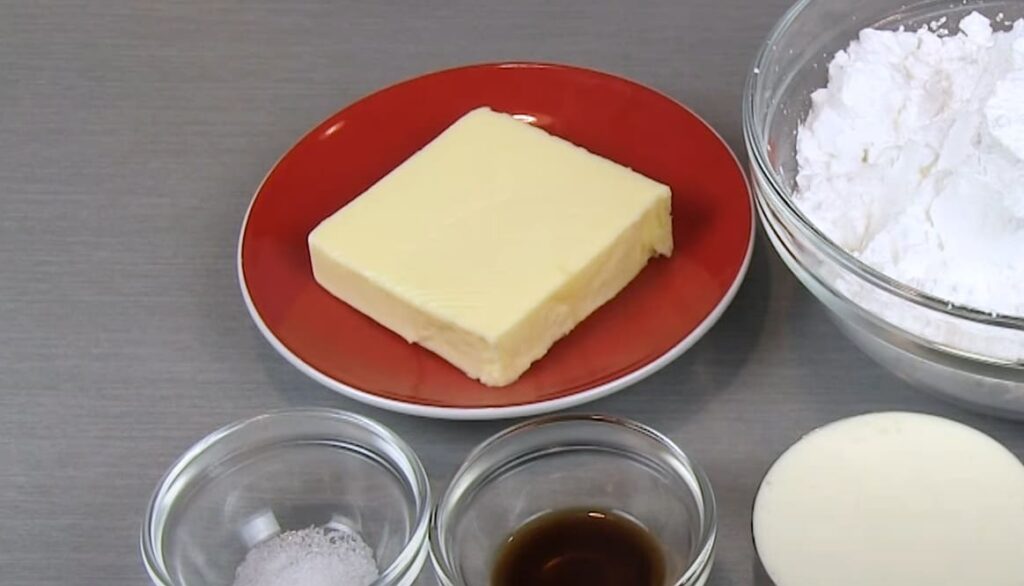
FAQ
For what dishes can I mix cool whip with frosting?
Mixing Cool Whip with frosting is a versatile technique that can be used to enhance the flavor and texture of a variety of desserts. Some dishes that work well with this technique include:
- Cakes: The light and creamy texture of the Cool Whip and frosting mixture makes it an excellent choice for frosting cakes. It can be used on a variety of cake flavors, from chocolate to vanilla, and is especially delicious on light and fluffy cakes like angel food cake.
- Cupcakes: Like cakes, cupcakes can also be frosted with the Cool Whip and frosting mixture. The light and airy texture of the frosting works well with the smaller size of cupcakes, and the mixture can be piped or spread onto the cupcakes for a decorative touch.
- Pies: The Cool Whip and frosting mixture can also be used as a filling for pies. It works well with fruit pies like strawberry or blueberry, as well as cream pies like chocolate or coconut.
- Cookies: The mixture can also be used as a filling between two cookies, like a sandwich. This is especially delicious with soft and chewy cookies, like oatmeal or peanut butter cookies.
The Cool Whip and frosting mixture is a versatile option that can be used to enhance the flavor and texture of a variety of desserts. Feel free to experiment with different combinations to find the ones you like the best!
What else can you mix cool whip and frosting with?
In addition to mixing Cool Whip and frosting together, there are several other ingredients that you can mix in to create new and interesting flavor combinations. Some options to consider include:
- Crushed cookies: Adding crushed cookies to the mixture can add a crunchy texture and a new flavor dimension. For example, crushed Oreo cookies can be added to the mixture to create a cookie and cream flavor.
- Fresh fruit: Adding fresh fruit, like strawberries or raspberries, to the mixture can create a fruity and refreshing flavor. This is a great option for summertime desserts.
- Chocolate chips: Adding chocolate chips to the mixture can create a rich and indulgent flavor. This works especially well with chocolate frosting.
- Peanut butter: Mixing peanut butter into the Cool Whip and frosting mixture can create a rich and nutty flavor that is delicious on cupcakes or cookies.
- Caramel sauce: Adding caramel sauce to the mixture can create a sweet and decadent flavor that is perfect for fall desserts.
There are many different ingredients that can be mixed with Cool Whip and frosting to create new and interesting flavor combinations. Feel free to experiment and see what works best for you!
What should you not mix cool whip and frosting with?
While there are many ingredients that can be mixed with Cool Whip and frosting to create delicious desserts, there are also some ingredients that may not work well when combined. Here are some ingredients that you should avoid mixing with Cool Whip and frosting:
- Acidic ingredients: Cool Whip is a whipped topping made with non-dairy cream, which means it does not contain any stabilizing agents like traditional whipped cream. Therefore, when it comes in contact with acidic ingredients like lemon juice or vinegar, it can break down and become watery.
- Alcohol: Adding alcohol to the Cool Whip and frosting mixture can cause the mixture to become runny and lose its stability. It can also affect the flavor of the mixture, making it taste too strong or bitter.
- Hot liquids: Pouring hot liquids, like melted chocolate or hot coffee, directly into the Cool Whip and frosting mixture can cause the mixture to become runny and lose its structure.
- High water content ingredients: Adding high water content ingredients like fresh fruit or vegetables can cause the mixture to become watery and lose its stability. If you want to add these ingredients to your dessert, consider adding them just before serving instead of mixing them into the Cool Whip and frosting mixture.
While there are many ingredients that can be mixed with Cool Whip and frosting, it’s important to be careful when adding certain ingredients that can affect the stability and texture of the mixture.
How to mix a cool whip and frosting?
Mixing Cool Whip and frosting is a simple and easy process that can be done in just a few minutes. Here’s how to do it:
Ingredients:
- 1 container of Cool Whip
- 1 can of frosting
Instructions:
- In a large bowl, spoon out the entire container of Cool Whip.
- Open the can of frosting and spoon it onto the Cool Whip.
- Using a spatula, gently fold the frosting into the Cool Whip until they are fully combined. Be careful not to overmix, as this can cause the mixture to become runny.
- Once the frosting and Cool Whip are fully combined, the mixture is ready to use as a frosting or filling for your favorite dessert.
Note: If you prefer a sweeter frosting, you can add powdered sugar to the mixture to taste.
Additionally, if you want a more stable frosting, you can add a stabilizing agent like cream cheese or gelatin to the mixture.
How dangerous is a cool whip and frosting?
Cool Whip and frosting are generally safe for consumption, but there are some things to keep in mind when it comes to their potential dangers.
One concern is that both Cool Whip and frosting are high in sugar and calories. Consuming large amounts of these products can lead to weight gain, obesity, and other health problems associated with a high sugar diet.
Another concern is that some commercial frosting products may contain trans fats, which have been linked to an increased risk of heart disease. It’s important to read the ingredient labels and choose frosting products that do not contain trans fats.
Additionally, some people may be allergic or sensitive to the ingredients in Cool Whip or frosting, which can lead to allergic reactions or digestive problems.
Finally, while mixing Cool Whip and frosting together is generally safe, it’s important to be careful when adding certain ingredients (as mentioned earlier) that can affect the stability and texture of the mixture.
While Cool Whip and frosting are generally safe for consumption, it’s important to enjoy them in moderation and to be aware of any potential risks or concerns.
Related Video: Stabilized Whipped Cream frosting | Cool Whip Frosting | Whip Cream Frosting-with Gelatin/Jello
Summing Up
Mixing Cool Whip and frosting is a popular and easy way to create a delicious and creamy frosting or filling for your favorite desserts. While there are some advantages to mixing these two ingredients, such as creating a lighter and fluffier texture, there are also some disadvantages to be aware of, such as potential instability of the mixture. It’s important to use caution when adding certain ingredients to the mixture, such as acidic ingredients or hot liquids, which can affect the stability and texture of the mixture. Additionally, while Cool Whip and frosting are generally safe for consumption, it’s important to enjoy them in moderation and to be aware of any potential health risks associated with high sugar intake or allergies. Mixing Cool Whip and frosting can be a great way to add a delicious and unique twist to your favorite desserts.

